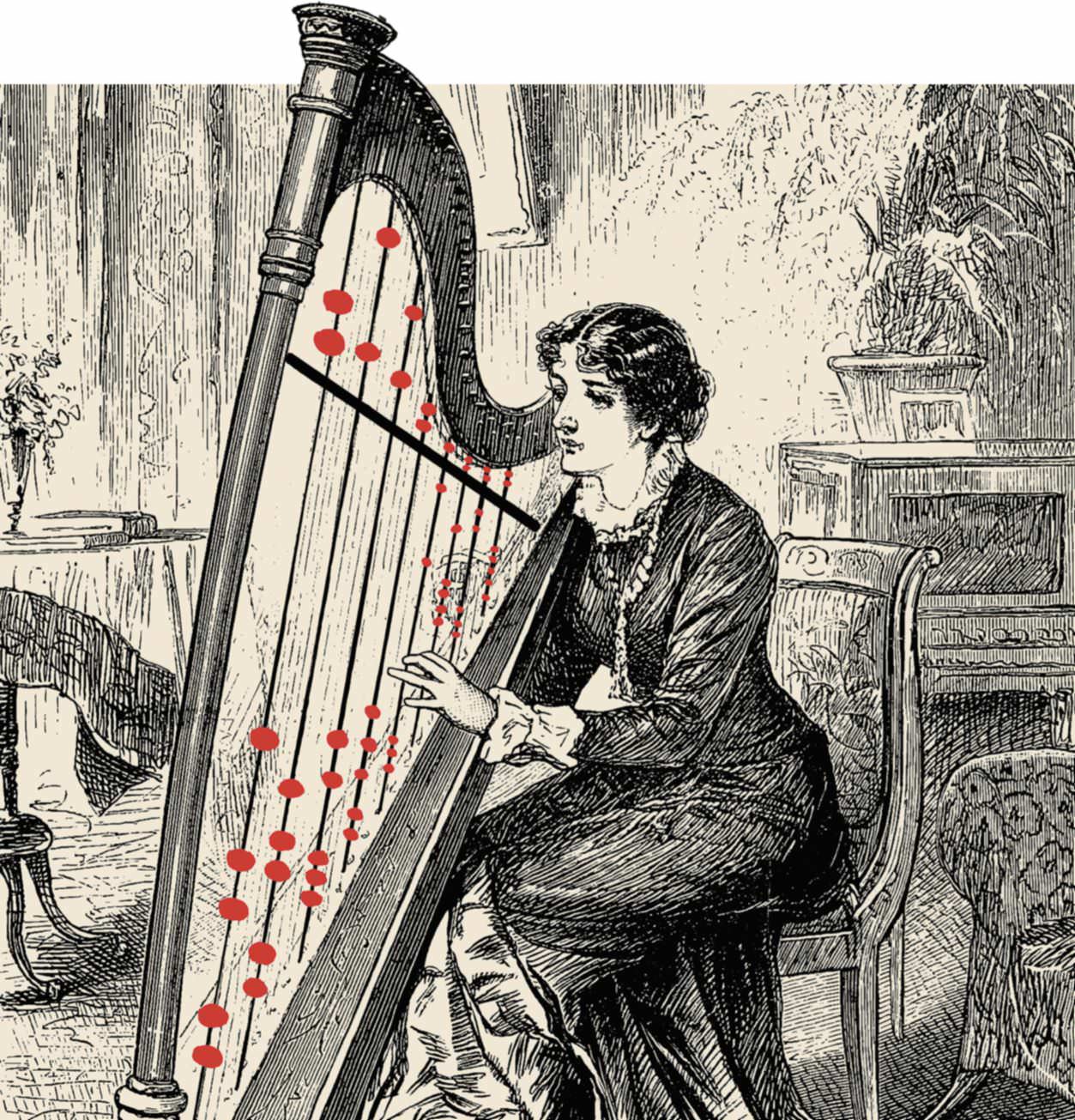Can we bridge the gap between economics and the humanities?

Wait, though—surely signalling doesn’t account for everything? Hanson, in a recent podcast interview with Tyler Cowen, a colleague at George Mason University, was asked to give a “short, quick and dirty” answer to the question of how much human behavior “ultimately can be traced back to some kind of signalling.” His answer: “In a rich society like ours, well over ninety percent.” He was then asked to cite a few voluntary human activities that “have the least amount to do with signalling.” The example Hanson came up with was “scratching your butt.”
Diese Geschichte stammt aus der July 23, 2018-Ausgabe von The New Yorker.
Starten Sie Ihre 7-tägige kostenlose Testversion von Magzter GOLD, um auf Tausende kuratierte Premium-Storys sowie über 8.000 Zeitschriften und Zeitungen zuzugreifen.
Bereits Abonnent ? Anmelden
Diese Geschichte stammt aus der July 23, 2018-Ausgabe von The New Yorker.
Starten Sie Ihre 7-tägige kostenlose Testversion von Magzter GOLD, um auf Tausende kuratierte Premium-Storys sowie über 8.000 Zeitschriften und Zeitungen zuzugreifen.
Bereits Abonnent? Anmelden

LIFE ADVICE WITH ANIMAL ANALOGIES
Go with the flow like a dead fish.

CONNOISSEUR OF CHAOS
The masterly musical as mblages of Charles Ives

BEAUTIFUL DREAMERS
How the Brothers Grimm sought to awaken a nation.

THE ARTIFICIAL STATE
A different kind of machine politics.

THE HONEST ISLAND GREG JACKSON
Craint did not know when he had come to the island or why he had come.

THE SHIPWRECK DETECTIVE
Nigel Pickford has spent a lifetime searching for sunken treasure-without leaving dry land.

THE HOME FRONT
Some Americans are preparing for a second civil war.

PRESIDENT FOR SALE
On a mid-October Sunday not long ago sun high, wind cool-I was in Harrisburg, Pennsylvania, for a book festival, and I took a stroll.

SYRIA'S EMPIRE OF SPEED
Bashar al-Assad's regime is now a narco-state reliant on sales of amphetamines.

TUCKER EVERLASTING
Trump's favorite pundit takes his show on the road.